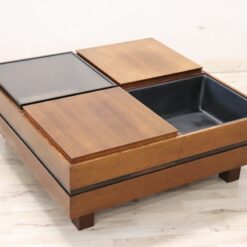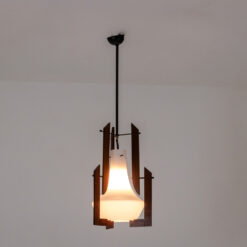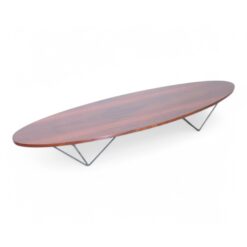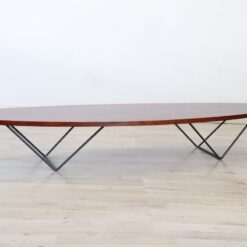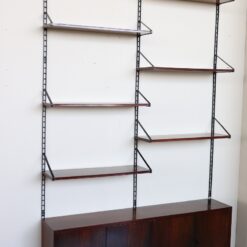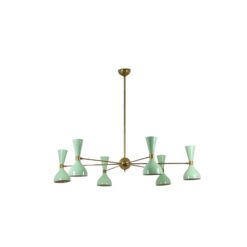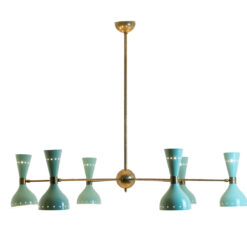Best Sellers
Famous Designers, Furniture
Willy Rizzo: Sculptural Elegance and the Glamour of Mid-Century Italian Design
Willy Rizzo (1928–2013) was a master of mid-century Italian design, celebrated for his luxurious yet functional furniture, interiors, and photography. His work blends modernist minimalism with sculptural elegance, resulting in pieces that are both visually striking and eminently livable. From Parisian apartments to Milanese showrooms, Rizzo’s creations epitomized the glamour of post-war European design while maintaining timeless sophistication. Today, collectors, interior designers, and enthusiasts continue to seek out his iconic pieces, making Rizzo a designer whose influence transcends decades.
The Philosophy Behind Rizzo’s Designs
Rizzo’s approach to furniture design was deeply rooted in balance, proportion, and functionality. While many designers of the 1960s embraced industrial materials and stark minimalism, Rizzo combined sleek lines with luxurious finishes — glossy lacquer, polished brass, and sculptural glass. His furniture often features bold geometries that act almost like standalone art objects, such as circular tables, asymmetrical cabinets, and the now-iconic Yin-Yang coffee table.

The philosophy behind Rizzo’s work was simple yet powerful: furniture should not only serve a purpose but also create a visual and emotional impact in a room. His pieces embody the Italian concept of bel vivere — the art of living beautifully.
Iconic Pieces and Their Signature Features
Some of Willy Rizzo’s most celebrated designs continue to captivate collectors and designers:
-
The Yin-Yang Coffee Table (circa 1970): Perhaps Rizzo’s most recognizable work, this table is a sculptural statement. Its rotating, S-shaped top forms a perfect yin-yang composition, symbolizing balance and harmony, while the polished black lacquer contrasts with gleaming brass accents. The table is both functional and artistic, capturing Rizzo’s talent for transforming furniture into a centerpiece.
-
Lacquered Consoles and Cabinets: Rizzo often used high-gloss finishes to enhance geometric forms, turning storage pieces into visual highlights. His cabinets typically feature clean lines, sharp angles, and luxurious materials like polished brass handles or glass inserts.
-
Glass-Topped Tables: Many of Rizzo’s tables feature glass tops over sculptural bases, combining transparency with solid form. This creates an interplay of light, shadow, and space, a hallmark of his design language.
-
Seating Designs: Chairs and armchairs designed by Rizzo often merge comfort with sculptural beauty. Sleek curves, polished wood frames, and luxurious upholstery make them both elegant and functional.
Willy Rizzo in the World of Interiors
Rizzo was not only a furniture designer but also an interior designer for elite clients. He designed apartments, villas, and showrooms across Paris and Milan, creating cohesive interiors where furniture, lighting, and decor worked in harmony. His spaces were cinematic — reflecting the glamour and sophistication of the European elite in the 1960s and 1970s.
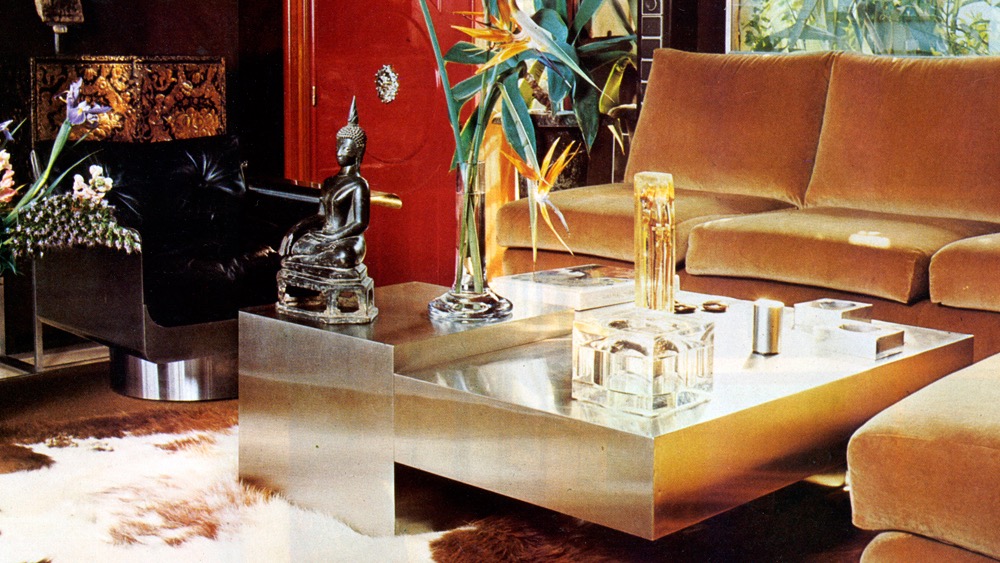
In these interiors, Rizzo’s furniture played a central role. A Yin-Yang table might anchor a living room, while lacquered cabinets lined the walls to provide structure and visual rhythm. Seating was carefully arranged to encourage social interaction, and every piece was chosen for both aesthetic and functional balance.
Why Rizzo’s Furniture Endures Today
Several factors contribute to the continued popularity of Willy Rizzo furniture:
-
Sculptural Appeal: Many of his pieces can be appreciated as art as well as functional furniture. They command attention and create a statement in any interior.
-
Timeless Luxury: Rizzo’s high-gloss finishes, brass accents, and meticulous craftsmanship give his furniture a luxurious feel that remains desirable decades after production.
-
Versatility in Interiors: Despite their bold forms, Rizzo’s designs integrate seamlessly with contemporary, mid-century modern, and eclectic interiors. They bring history, elegance, and personality to modern spaces.
-
Collector Interest: Original Rizzo pieces, especially tables, consoles, and cabinets, are highly sought after in the secondary market. Their rarity and iconic status make them attractive to collectors worldwide.
The Modern Relevance of Willy Rizzo
Today, designers and collectors are increasingly drawn to mid-century Italian pieces that combine function, beauty, and sculptural presence. Rizzo’s work fits this trend perfectly. A single Yin-Yang table or lacquered console can transform a minimalist apartment into a space of refined elegance, while a full room of Rizzo furniture evokes the glamour of 1970s European high society.

Moreover, Rizzo’s emphasis on geometric forms and high-quality finishes aligns with current design trends: clean lines, monochromatic palettes, and statement pieces are in high demand. Collectors appreciate how his work bridges the gap between timeless luxury and modern design sensibilities.
Collecting and Styling Willy Rizzo Pieces
When styling Rizzo furniture, consider the following tips:
-
Highlight Sculptural Forms: Place tables, consoles, or cabinets where their shapes can be appreciated from multiple angles. Lighting plays a crucial role in emphasizing glossy finishes and sculptural shadows.
-
Mix with Contemporary Art: Rizzo’s bold designs pair beautifully with abstract paintings or modern sculptures, creating a dialogue between mid-century design and current aesthetics.
-
Balance Materials: Combine lacquered and glass surfaces with warm wood, textiles, and metals to create a layered, sophisticated interior.
-
Curate Selectively: Because Rizzo pieces are often statement furniture, less is more. A single table or cabinet can anchor a room without overwhelming it.
Why Styylish Features Willy Rizzo
At Styylish, we celebrate designers whose work combines history, craftsmanship, and modern appeal. Willy Rizzo embodies all of these qualities. Our curated selection of Rizzo furniture allows collectors and interior designers to incorporate his sculptural elegance into contemporary interiors, bringing a touch of mid-century Italian glamour into the home.
From the rotating dynamics of a Yin-Yang table to lacquered consoles that double as art objects, each piece reflects Rizzo’s vision: furniture as functional sculpture, spaces as curated experiences.
Conclusion — Sculptural Living
Willy Rizzo’s furniture continues to captivate because it transcends mere utility. It tells a story — of post-war optimism, of Italian glamour, of the enduring power of clean lines and luxurious finishes.
For collectors and design enthusiasts, owning a Rizzo piece is more than owning furniture: it is embracing a philosophy of living beautifully, where form, function, and artistic expression intersect. Styylish invites you to explore our selection of authentic Willy Rizzo pieces and discover how sculptural Italian design can transform your interior into a space worthy of admiration and inspiration.




